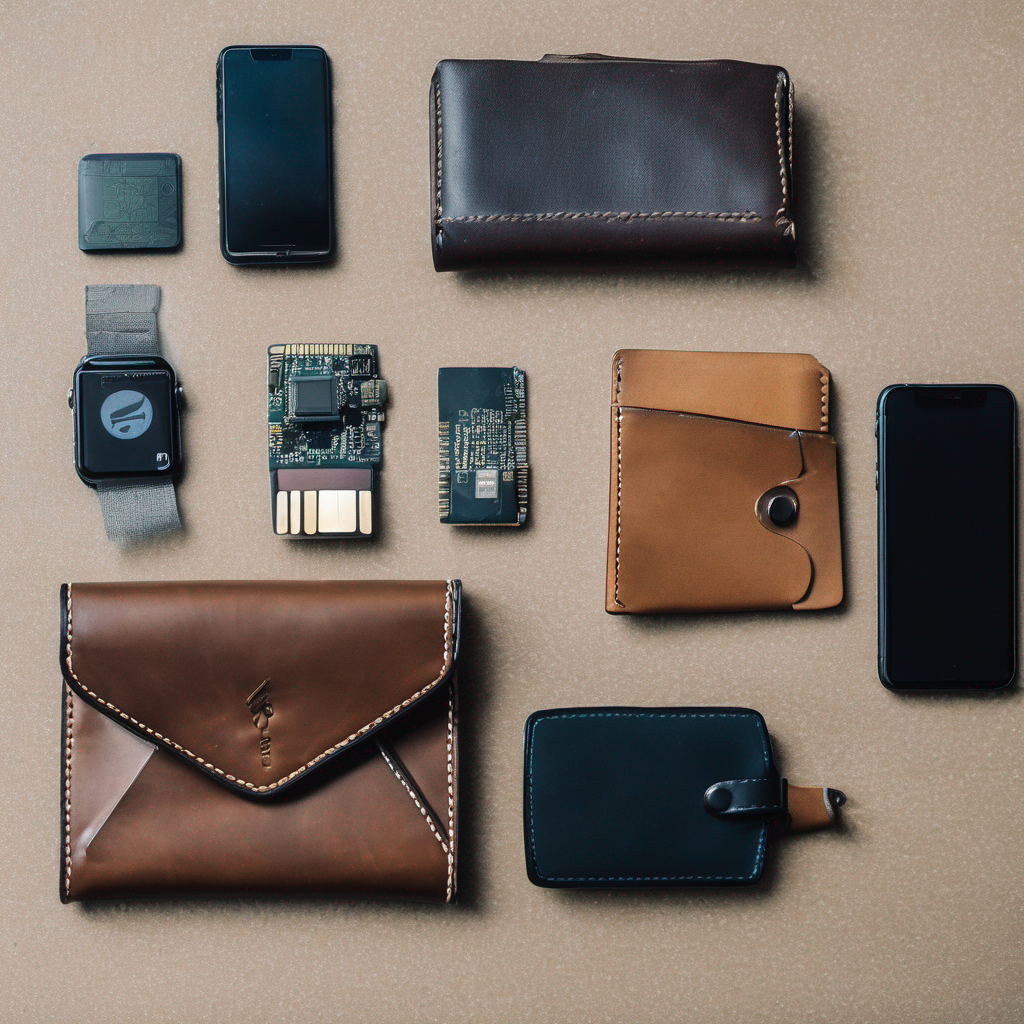For those new to the world of cryptocurrency, the term "smart accounts" might sound foreign. Even for seasoned crypto enthusiasts, staying updated with the latest developments is crucial, and smart accounts are the new buzzword. Let's delve deeper into this concept, starting with the basics.
Traditionally, when we talk about cryptocurrency, we often refer to "wallets" and "ERC 20 tokens." At the core, everything in the crypto world is just a block on a blockchain. Each block has an address, which can either be a wallet or a smart contract. Transferring money in the crypto world means sending it from one address to another. This money remains on the blockchain, ensuring that no third party has custody over it.
In centralized systems like FTX or banks, the money is held by the institution. While public companies offer some transparency through annual reports, privately held ones don't provide the same level of clarity. This brings us to the concept of Externally Owned Accounts (EOA). Most people currently use EOAs, which could be a MetaMask or Coinbase wallet. These accounts are secured by a private key, which is often translated into a mnemonic phrase for easier recall. However, this system isn't foolproof and comes with its own set of risks.
The crypto community recognized these challenges and has been advocating for a better user experience for Web 3. This led to the concept of "account abstraction." In simple terms, account abstraction allows users to have a "smart account." This account functions as a wallet but offers advanced features like fee management.
Today, crypto transactions can be either centralized or non-custodial. Platforms like Coinbase allow users to buy and sell crypto, but they limit the types of cryptocurrencies available. On the other hand, decentralized systems give users access to a broader range of cryptocurrencies and the entire DeFi ecosystem. However, this comes with the challenge of managing external wallets and passphrases, especially when switching devices.
In today's digital age, many users prefer logging in with their social media accounts, such as Google, Twitter, or Facebook. These platforms offer multiple layers of security, including multi-factor authentication (MFA), device detection, and IP location tracking. If an unusual login is detected, users might receive additional verification requests, adding another layer of security.
In conclusion, while traditional crypto wallets offer a level of security, the evolution towards smart accounts and integrating with familiar login methods like social media accounts might be the way forward. This not only enhances user experience but also ensures that security is not compromised.
